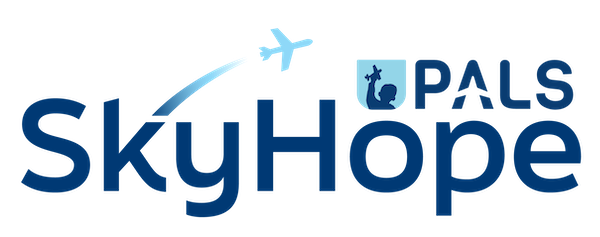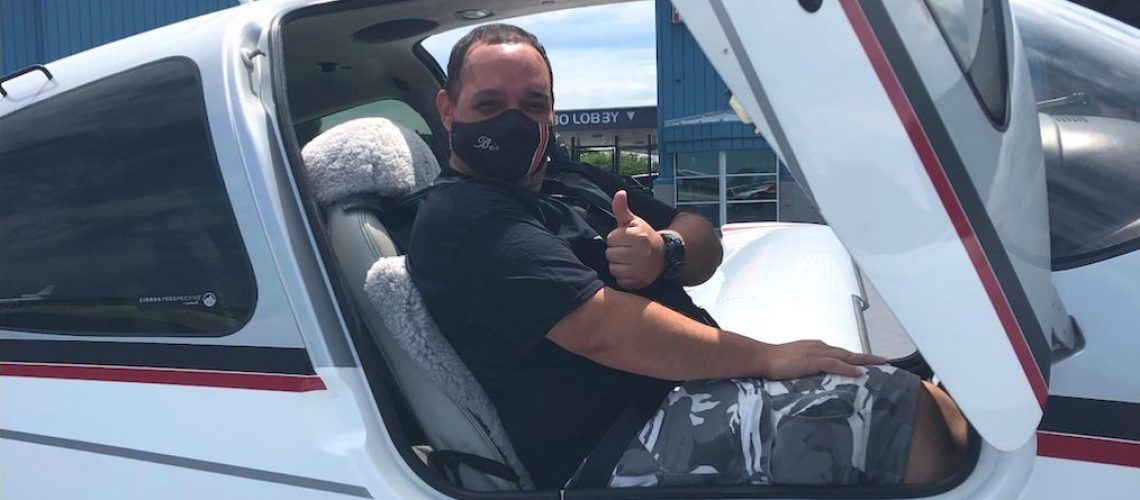The Mission Coordination team will be conducting Enhanced Passenger and Pilot screening and will:
- Exclude any passengers with symptoms consistent with COVID-19, including but not limited to cough, sneezing, chest congestion, shortness of breath, fever, and loss of taste or smell
- Exclude any passengers with known exposure to a COVID-19-infected person within the previous two week period, including anyone who has been notified of possible exposure through contact tracing
- Confirm that passengers are able to enter and exit an aircraft without any assistance or physical contact other than their companion
- Evaluate any passenger whose medical condition prevents them from complying with droplet transmission protections (e.g., inability to wear a surgical mask)
- Secure revised medical releases with physicians’ approval to include a statement of necessity of travel considering all risks to pilots and passengers within 24/48 hours of the flight
- Limit the number of passengers to the patient and a necessary companion if needed
- Encourage flights in larger cabin aircraft whenever possible
- Secure signed COVID-19 Release and Indemnity Forms for both pilots and passengers prior to every flight
- Social distancing of 6 feet where the opportunities permit
- Deny requests for anyone who is not willing to adhere to best practices
- Provide access to information regarding risks, protecting oneself, disinfecting, etc.
- Follow up with pilots and passengers to check health status 14 days after flight
Suggested Pilot Precautions:
Pre Flight
- Check AOPA’s Restrictions by State
- Disinfect all surfaces with alcohol wipes and allow time to dry prior to your pre-flight preparations
- All occupants must wash hands thoroughly or use hand sanitizer immediately before boarding
- Wear protective gloves when handling passengers’ luggage or equipment; or wash hands thoroughly or apply hand sanitizer after such contact and before boarding
- Wipe gloves with sanitizer or change gloves after every use
- When pilots wear a mask while flying (recommended but not required), the microphone may fit through the side of the mask
In Flight
- Maximize air flow through the cabin to the extent allowable with aircraft limitations and passenger comfort. Increase airflow through vents and fans if applicable
- Require all passengers to wear protective masks or other acceptable face coverings (protective masks recommended for pilots but not required)
- Avoid direct contact between passengers, such as shaking hands, hugging or other physical contact
- Maintain as much physical distance as possible
Post Flight
- During quick turn, wear a protective mask or face covering and avoid contact with ground personnel
- Clean all surfaces with disinfectant wipes or solution, including headsets, seat belt buckles, arm rests, door handles, etc.
- If possible, replace mic muffs for each passenger
- Provide a thorough post-flight debrief to PALS
How to Protect Yourselves and Others

